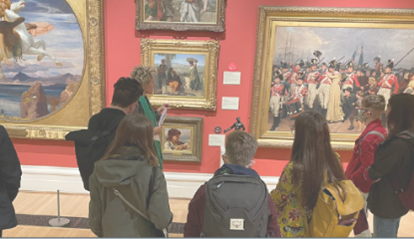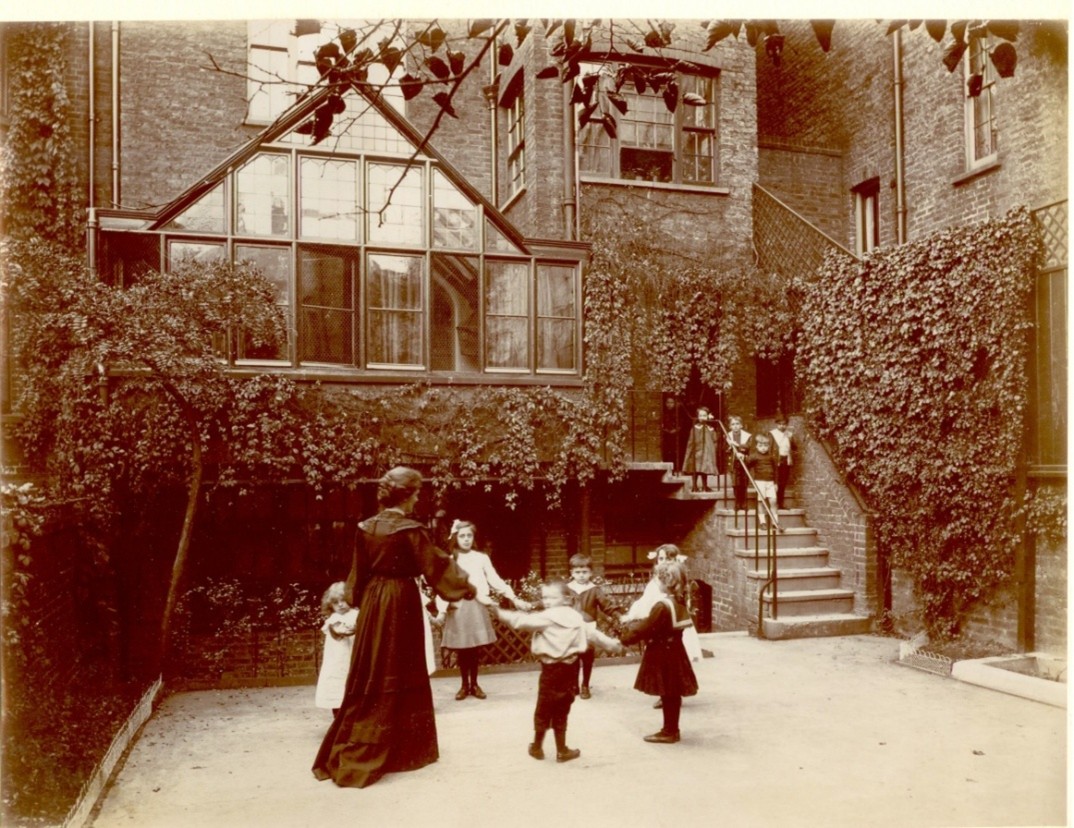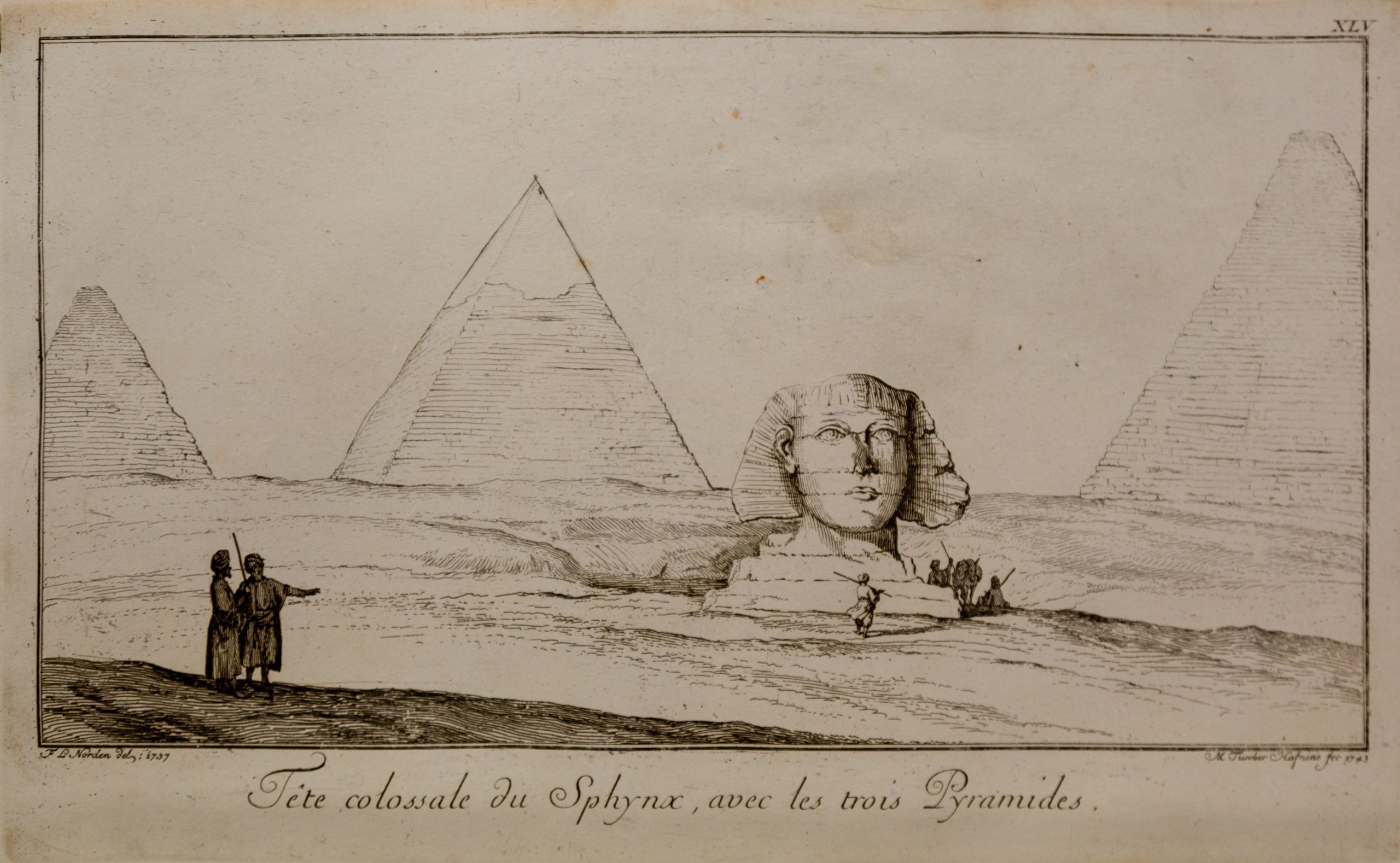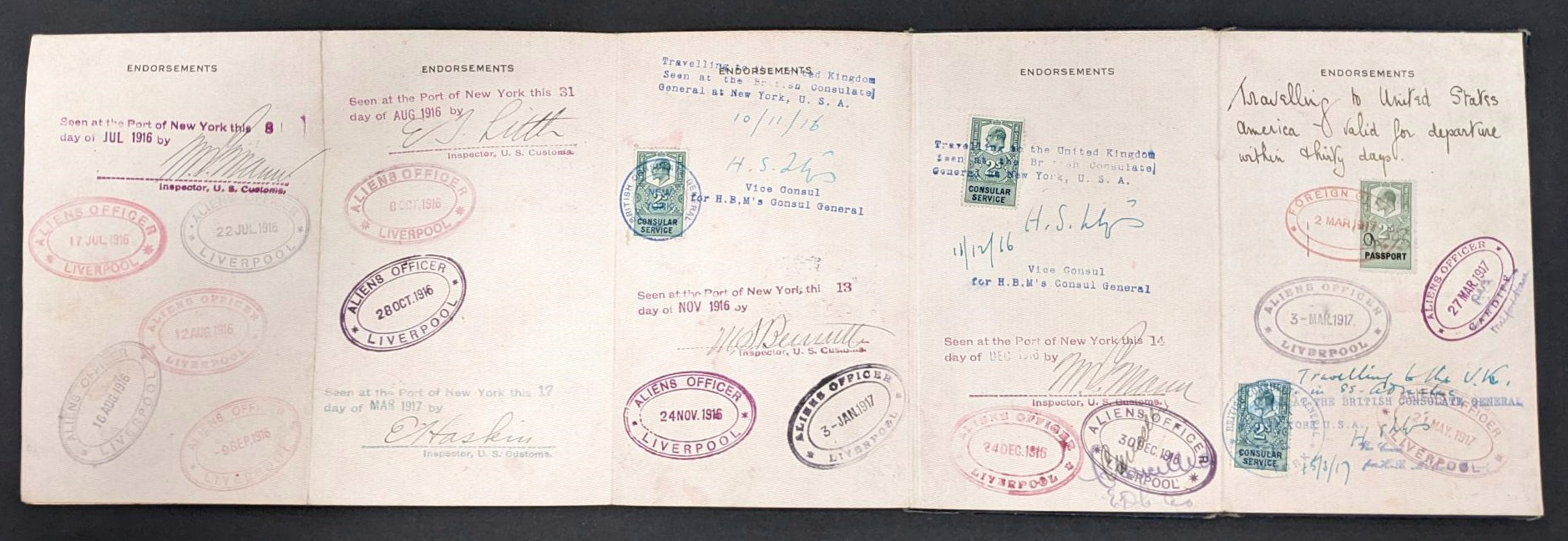The Queer Heritage and Collections Network work towards the advocacy and representation of LGBTQ+ histories in museums and archives around the UK.
Founded in 2020 it aims to better understand the need and potential for queer heritage interpretation and research. It also offers peer support to practitioners interested in LGBTQ+ programming. The Network collaborates with several partners across the UK. It actively funds a selection of projects that increase the understanding of, access to and engagement with LGBTQ+ heritage.

Uncovering and Exploring LGBTQ+ Histories
Archives are a fascinating resource for uncovering and exploring LGBTQ+ histories. Among the projects that the Network funds, a number of them have used archives as a lens and a tool to explore queer heritage.
Queer Kernow is a community project working in partnership with museums and communities. The project celebrates queer Cornish history and connects the local LGBTQ+ community with their past. OurStory Scotland is a community-led collection and archive of and for the Scottish queer community. It includes stories, images, artefacts and oral histories of LGBTQ+ lives, past and present.
The Queer Heritage and Collections Network organises multiple annual symposia. These showcase innovative queer programming developed in the heritage sector. The Network also promotes the projects it directly funds.
In 2022, symposium attendees had the chance to tour the collection of Leicester Museum & Art Gallery to explore stories of LGBTQ+ people and objects.
While stories of queer narratives might not always have a prominent place in the museum space, delving deeper into the museum archives can help us better understand (often hidden) LGBTQ+ histories.

The Story of Trevor Thomas
Selected for the Network’s exploration of the collections was the story of a painting acquired by Trevor Thomas (1907-1993). Thomas played a key role in the founding of the German Expressionist Collection at Leicester Museums as he was Curator-Director between 1940 and 1946.
Despite the lack of internal support, Thomas was able to acquire artwork. These included amongst others the painting Red Woman by Franz Marc. These artworks went on to constitute an internationally significant collection.


In 1946, Thomas was charged with a public indecency offence. Despite the lack of criminal conviction, he was dismissed from his job as Director. At the time, a court appearance alone, for this type of ‘offence’ was bound to significantly impact most people’s career prospects.
Archival notes saying a great deal about attitudes of the time
The museum archives give us even more of an insight into Thomas’ time at the museum and the acquisition of the Red Woman. The painting’s accession record includes a comment from the museum councillors. It notes their amusement at Trevor Thomas’ great interest in acquiring a painting of a naked woman.
“We have spent over two hours arguing about £350! The Director is convinced that the Gallery should buy the picture. Surely we can afford £350 to buy a scarlet woman for our bachelor Director?!”
Leicester’s German Expressionist Collection website, 2014
This reveals the prejudiced attitudes of the museum councillors at the time. It also offers an opportunity to reflect on the role of archives in recording and potentially uncovering narratives. It also offers the opportunity to reflect on what has been historically omitted or actively erased from heritage institutions.
The sector comprises more than 70 institutional members across all nations and regions of the UK, from national institutions to regional museums. Our hope is therefore to continue to provide resources and peer support and be at the leading-edge of queer heritage and interpretation practices.
Post by Cesare Cuzzola, a member of the Queer Heritage and Collections Network
Further information
The Network is supported financially by Art Fund and National Lottery Heritage Fund.






